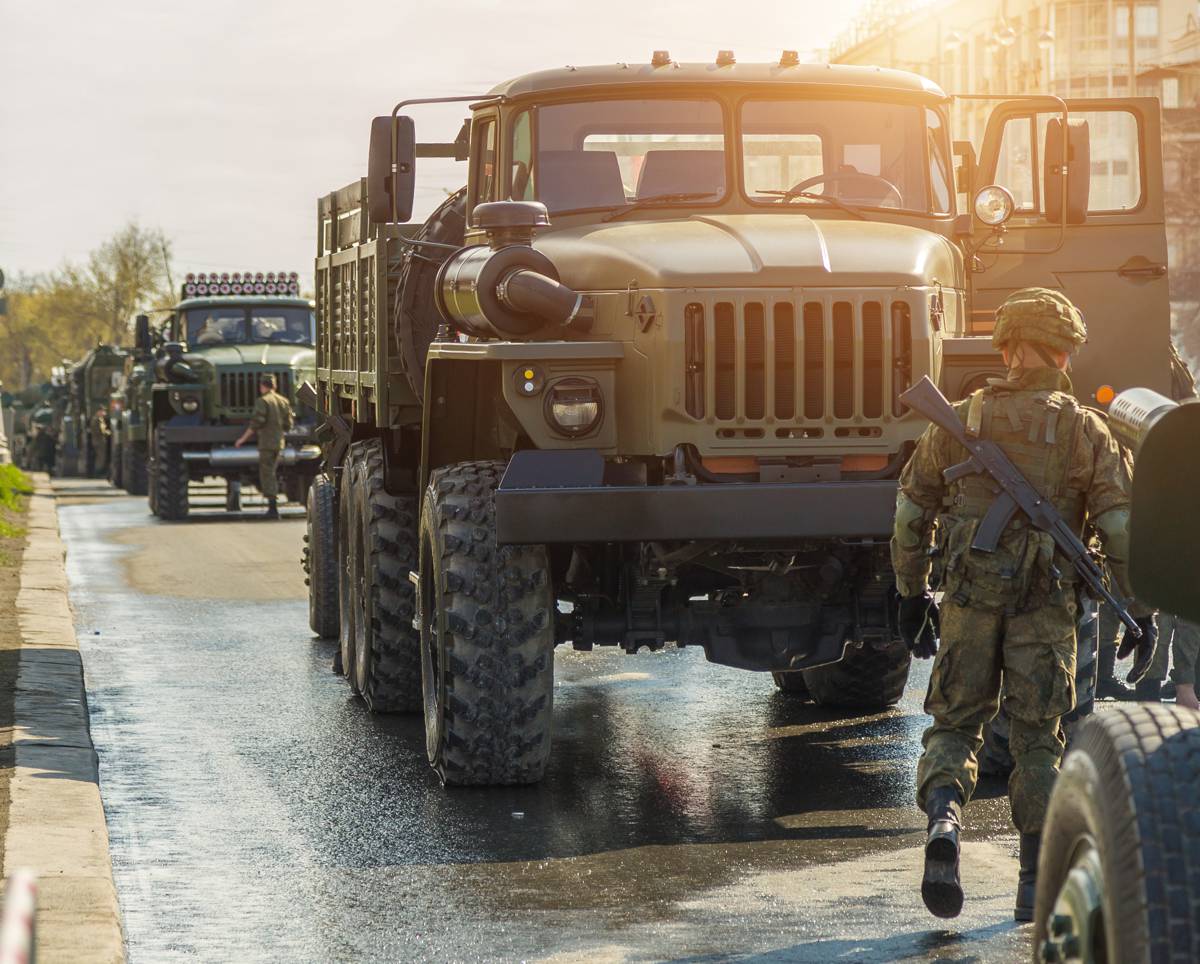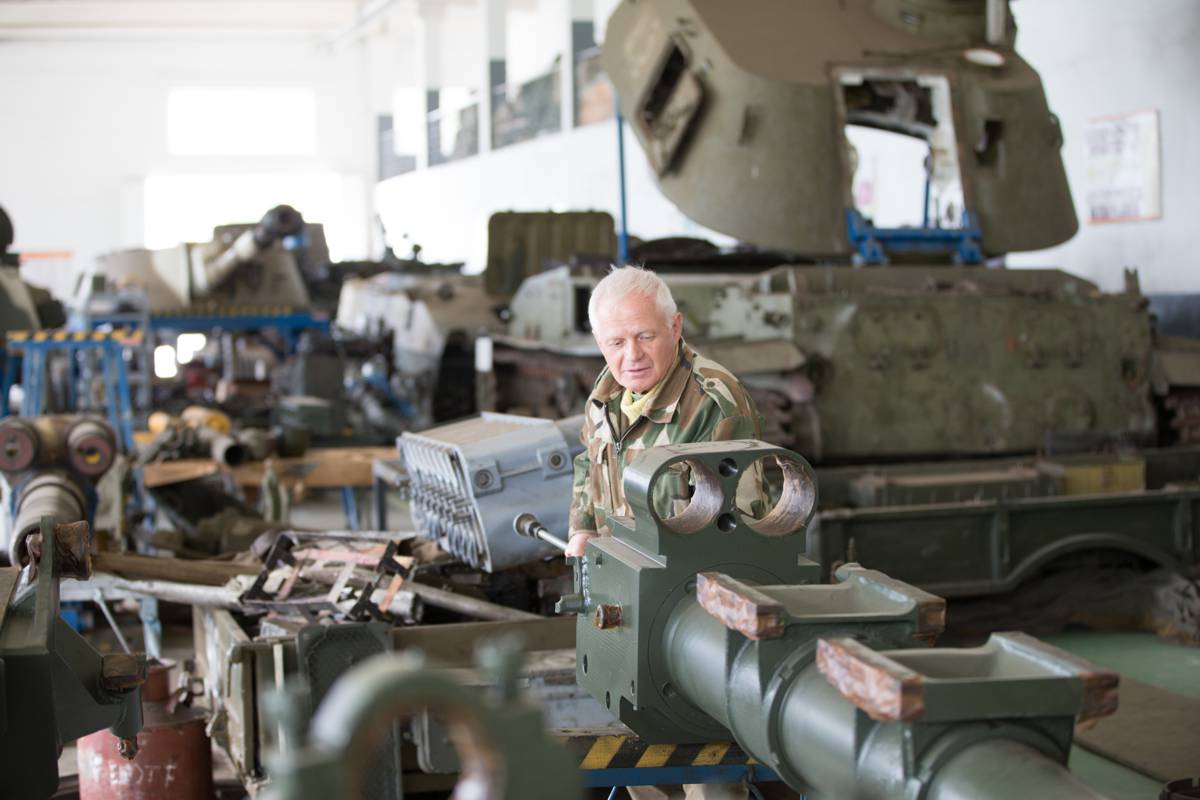The Defense Contract Manufacturing Process Guide
The backbone of any strong national defense is a robust and reliable manufacturing sector. Defense contract manufacturing plays a critical role in this ecosystem, ensuring a steady supply of equipment, weaponry, and other essential gear for our armed forces. This intricate process underpins national security by translating innovative concepts into the tangible tools our troops need to succeed in their missions.
In this comprehensive guide, we’ll provide a clear overview of defense contract manufacturing. We’ll delve into the various stages involved, from proposal submission to manufacturing, and explore the significance of this industry in safeguarding our nation.
Understanding Defense Contract Manufacturing
Defense contract manufacturing is crucial for producing specialized equipment necessary for national security and military operations. This process encompasses the entire lifecycle of defense products, from design and prototyping to final assembly and maintenance, under strict contractual obligations.
Definition and Scope
This type of manufacturing involves partnerships with government agencies to create defense-related products that adhere to rigorous standards. Compliance audits are frequent to ensure reliability and security in the final products.
Key Industries and Products
The defense sector requires a vast range of products, including advanced electronics, aerospace components, and military vehicles. Companies in this industry must possess extensive expertise in precision engineering and production. To understand the scale of operations and capabilities in defense contract manufacturing, you can visit bfsmanufacturing.com and other relevant industry resources.

Pre-Contractual Phase
The defense contract manufacturing process begins well before any official bids are submitted. This crucial pre-contractual phase involves meticulous research, analysis, and preparation to ensure a company is well-positioned to compete for and win valuable government contracts.
Market Research and Needs Analysis
Successful defense contractors are not passive participants; they actively engage in market research and needs analysis. This proactive approach involves:
- Identifying Military Needs and Technological Gaps: Companies must stay current on military developments, threat assessments, and emerging technologies. This knowledge allows them to pinpoint areas where the military requires new equipment or identify opportunities to improve existing capabilities. For instance, a company specializing in radar systems might identify a need for more advanced drone detection technology based on evolving aerial threats.
- Forecasting Future Defense Requirements: Defense spending priorities can shift based on global events and geopolitical landscapes. Companies that can anticipate these shifts and adjust their research and development efforts accordingly will be better prepared to compete for future contracts.
Request for Proposal (RFP)
The official starting point for most defense contracts is the Request for Proposal (RFP) issued by the government agency. This detailed document outlines the specific requirements of the project, including:
- Equipment Specifications: The RFP will clearly define the technical specifications, performance standards, and functionalities of the desired equipment.
- Delivery Timelines and Milestones: Clear deadlines and benchmarks for project completion will be established to ensure timely delivery of essential equipment.
- Quality Assurance Standards: The RFP will outline strict quality control and testing procedures that the contractor must adhere to throughout the manufacturing process.
- Cost and Budget Expectations: The government will outline its budget constraints and the expected price range for the project.
Crafting a Winning Response
Defense contractors must carefully analyze the RFP to fully understand the project’s scope and requirements. A well-written proposal will demonstrate a clear understanding of the military’s needs and outline a comprehensive plan for meeting them. This includes details on:
- Technical Expertise: The proposal should showcase the company’s experience and capabilities in manufacturing similar equipment, along with its qualifications, to meet the specific technical requirements outlined in the RFP.
- Project Management Plan: A detailed project timeline with clear milestones and a breakdown of resources allocated to the project demonstrates a commitment to efficient execution.
- Cost Proposal: The proposal must present a competitive and realistic cost estimate that aligns with the government’s budget expectations.
Bidding and Contract Awarding Process
Having meticulously crafted a proposal, defense contractors enter the competitive arena of bid submission and contract awarding. This phase requires careful navigation to ensure your proposal stands out from the competition.
Submitting a Winning Bid
- Meeting Deadlines and Requirements: Ensure your proposal adheres to all submission deadlines and formatting guidelines outlined in the RFP. Even minor deviations can lead to disqualification.
- Clarity and Conciseness: Present a clear, concise, and well-organized proposal that effectively communicates your company’s value proposition. Avoid technical jargon and ensure easy comprehension for evaluators from various backgrounds within the government agency.
- Competitive Pricing: While cost is a major factor, the lowest bid doesn’t always win. Strive to offer a competitive price that reflects the project’s complexity and your commitment to quality.
Defense contracts come with strict compliance requirements. Proposals that showcase a comprehensive understanding of relevant regulations and quality control standards will be viewed favourably.

Manufacturing Process
Once a contract is awarded, the real work begins: transforming blueprints into the essential equipment our troops rely on. The defense manufacturing process itself adheres to rigorous standards, ensuring the highest quality and performance.
Design and Prototyping
The initial phase translates the technical specifications outlined in the RFP into a functional design. Defense contractors leverage a combination of advanced engineering software and the expertise of skilled professionals to create detailed computer-aided design (CAD) models. These models allow for virtual testing and optimization before any physical materials are committed.
Prototyping plays a vital role in defense manufacturing. These physical, non-functional replicas of the final product allow for crucial assessments of design functionality, ergonomics, and manufacturability. Testing prototypes can reveal potential design flaws early in the process, saving time and resources in the long run.
For instance, a company engaged in robotic research might develop a prototype to ensure that their autonomous systems can effectively navigate and perform tasks in complex military environments.
Meticulous Manufacturing
With a finalized design in hand, full-scale production commences. Defense manufacturing often utilizes a combination of traditional and cutting-edge production techniques, depending on the specific project requirements.
- Computer Numerical Control (CNC) Machining: Highly precise CNC machines ensure consistent and accurate production of complex parts.
- Additive Manufacturing (3D Printing): This technique allows for the creation of intricate components with unique geometries that may not be possible with traditional methods.
- Welding and Fabrication: Skilled welders and fabricators meticulously assemble various components to create the final product.
Every step of the manufacturing process is subject to rigorous quality control measures. Inspectors conduct thorough examinations to ensure parts meet the precise specifications outlined in the contract. This may involve non-destructive testing techniques like X-rays or ultrasonic testing to identify any internal defects.
Regulatory and Compliance Standards
The world of defense manufacturing is heavily regulated to ensure national security and responsible arms trade.
Navigating the Regulatory Maze
Several key regulatory bodies oversee defense manufacturing in the United States, each with its own specific guidelines. Here’s a glimpse into some of the most prominent:
- Department of Defense (DoD): The DoD establishes a vast array of regulations governing everything from technical specifications to quality control procedures for military equipment. Companies must comply with these regulations to be eligible for defense contracts.
- Department of State (DoS): The DoS manages the International Traffic in Arms Regulations (ITAR), which strictly controls the export and import of defense-related articles and services. ITAR compliance is essential for any company involved in manufacturing or supplying equipment that could have potential military applications.
- Export Administration Regulations (EAR): The EAR, managed by the Department of Commerce’s Bureau of Industry and Security (BIS), regulates the export of certain commercial items and technologies that could have potential dual-use applications, both civilian and military. Understanding the EAR is crucial to ensure proper licensing and avoid any export violations.
International Standards
Beyond US regulations, international standards play a vital role in fostering trust and cooperation between allied nations. Some of the most important standards for defense manufacturers include:
- Agreement on Government Procurement (GPA): This international agreement promotes fair and open competition for government contracts among member countries. Understanding the GPA can give companies a wider range of opportunities to compete in the global defense market.
- Standardization Agreements (STANAGs): Developed by the North Atlantic Treaty Organization (NATO), STANAGs establish common technical specifications for various military equipment. Compliance with these standards allows for interoperability between allied forces and simplifies joint operations.
Building a Stronger Defense
Understanding the defense contract manufacturing process is the first step for companies seeking to contribute to national security. By following these steps and adhering to the highest quality standards, manufacturers can become trusted partners with government agencies.
In turn, this strong collaboration ensures our armed forces receive the essential equipment they need to defend our nation. Ultimately, a thriving defense manufacturing sector is a cornerstone of global peace and stability.



















